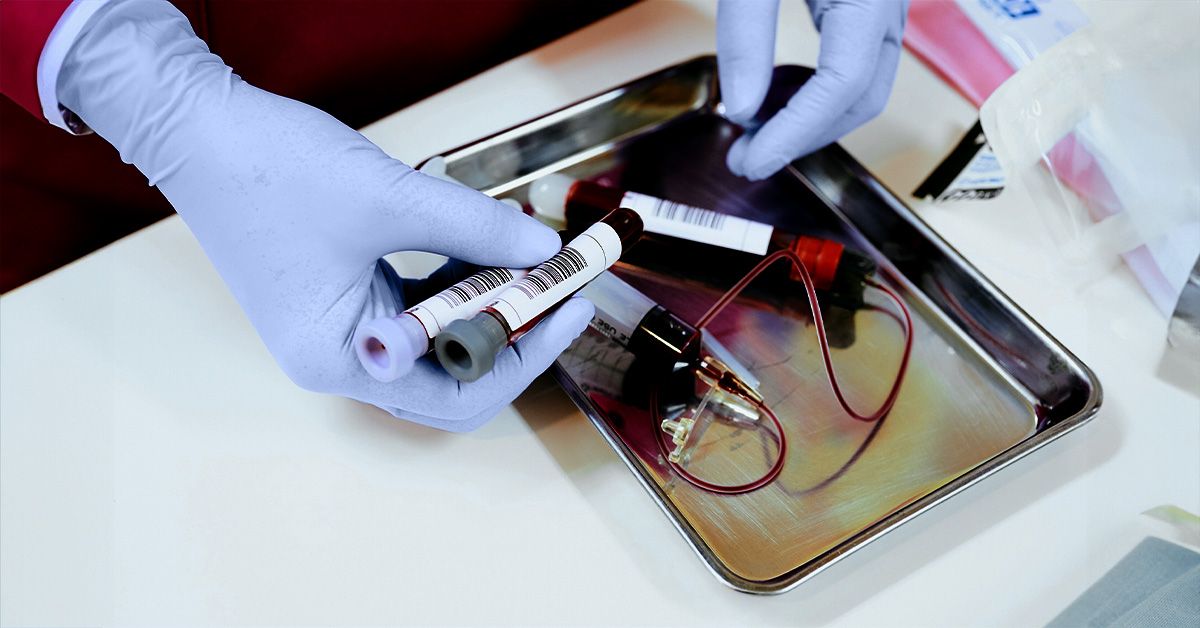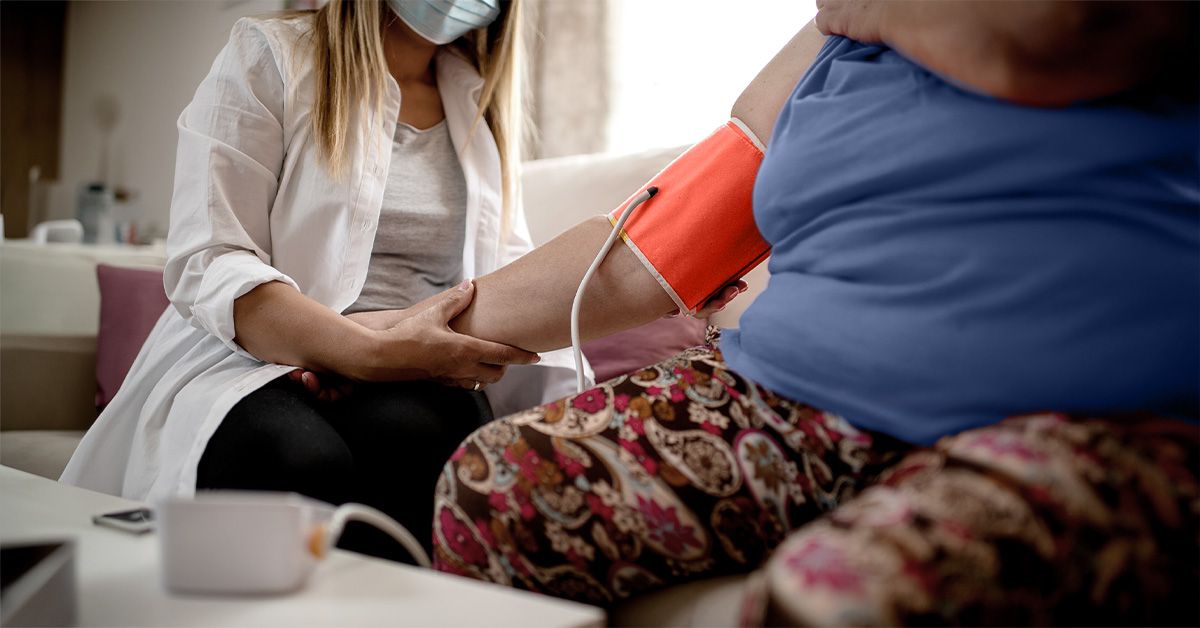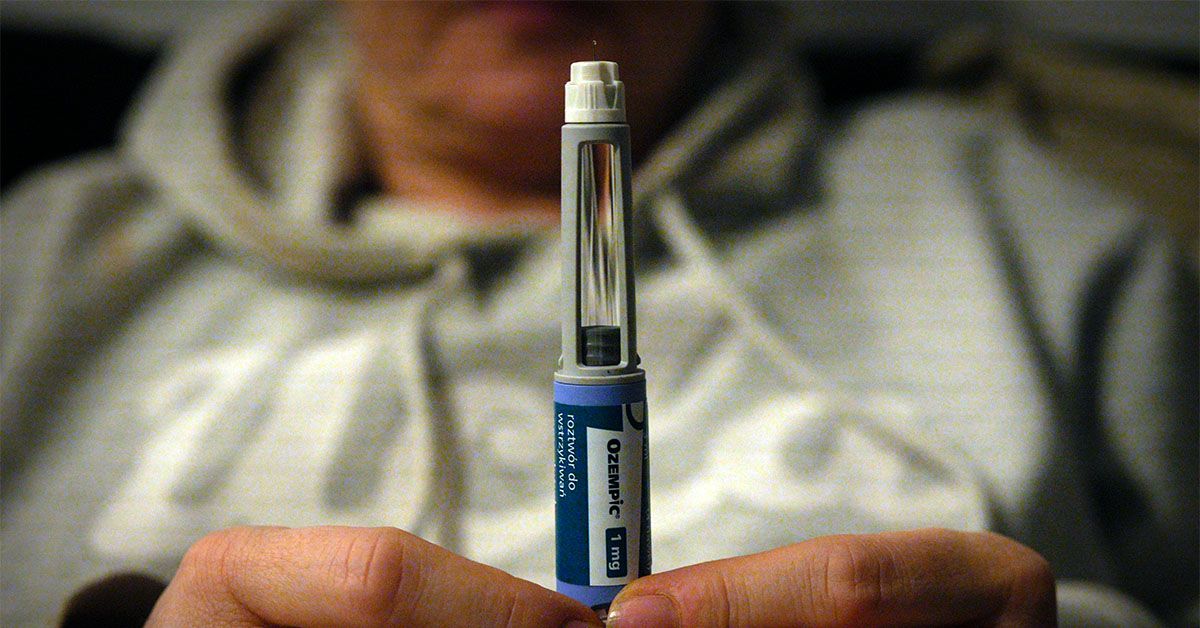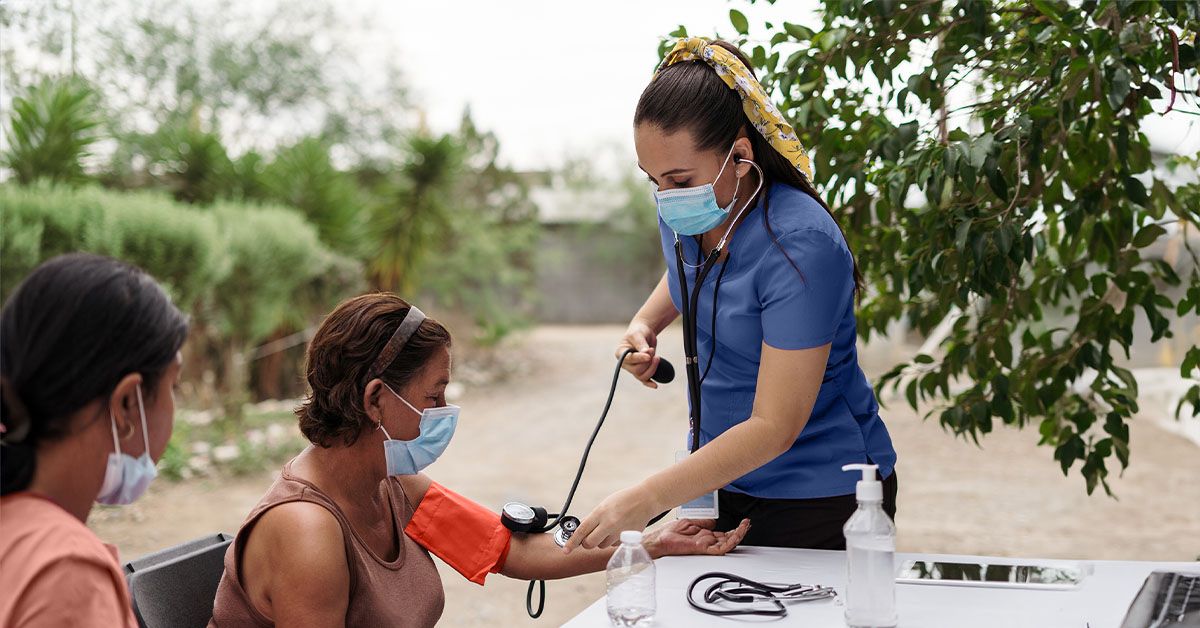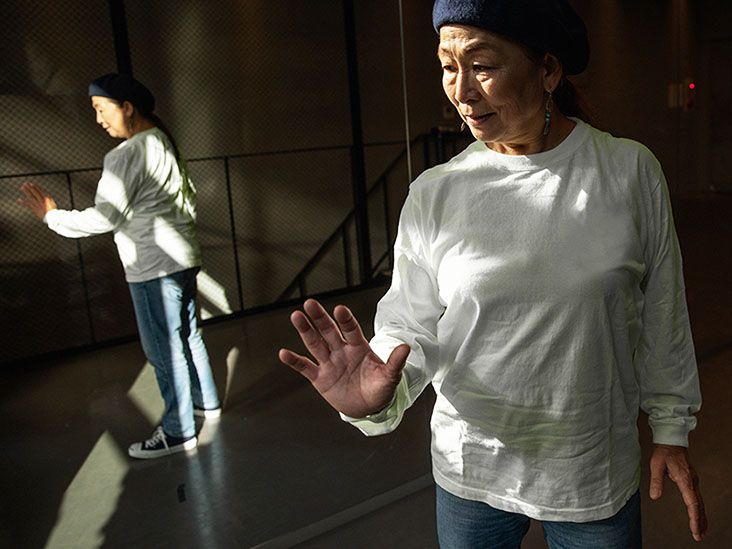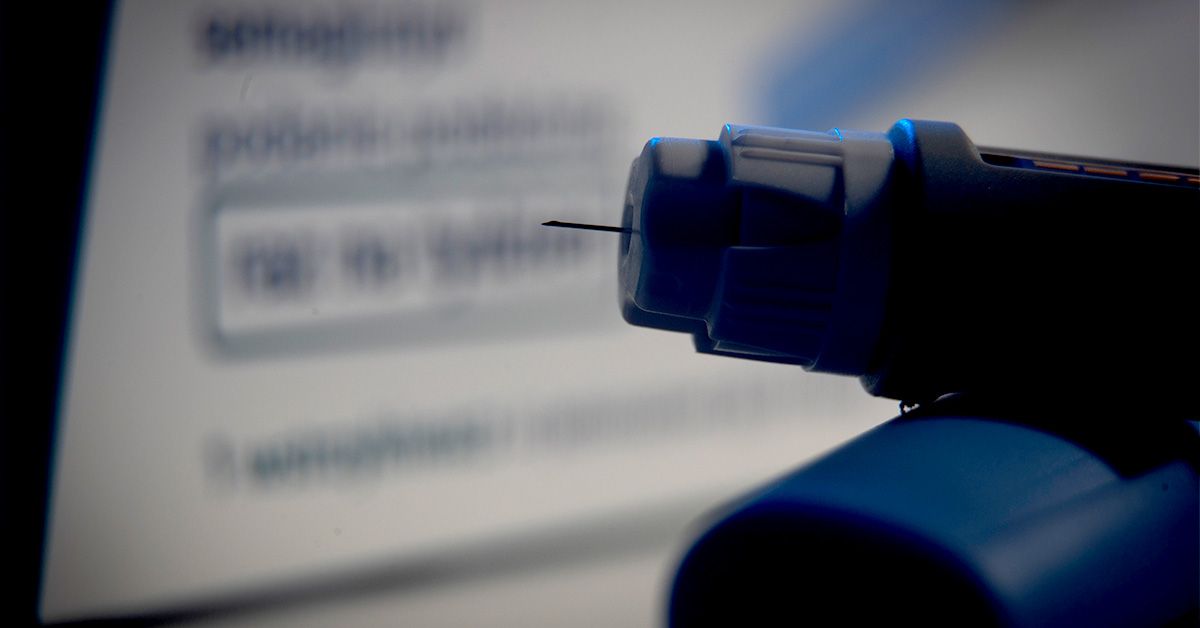- Circadian rhythm is the 24-hour internal clock that regulates a person’s sleep and wakefulness as light levels change.
- Now, a study in mice has found that the cooperation of molecular circadian clocks in the brain and muscle tissue is essential to keep muscles functioning and healthy.
- The researchers found that altering feeding times could enhance the internal clock’s function.
- As circadian disruption in older age is often associated with chronic health issues, they suggest that similar strategies might help promote healthier aging in people.
We all have an internal “clock,” known as a circadian rhythm, that regulates our sleeping and waking cycles. Daylight and darkness influence the function of this internal “clock,” and disruption to our sleep-wake cycles can have health consequences, as
These circadian rhythms influence functions ranging from our sleep patterns to our ability to metabolize food. They
A new study in mice has found that, rather than being controlled entirely by a clock located in the brain, circadian rhythms are more complex and rely on cooperation between molecular clocks in the brain and muscle tissue to keep muscles healthy and functioning daily.
The study, which appears in Science, also suggests that manipulating these clocks by altering eating times could help protect muscle function in older people.
, senior brain health coach and director of the FitBrain Program at Pacific Neuroscience Institute in Santa Monica, CA, not involved in this research, told Medical News Today that:
“The study advances understanding of circadian rhythms’ impact on muscle aging through interactions of central and peripheral clocks, emphasizing the need for further detailed studies to fully unravel the underlying biological pathways and their implications for human health.”
In a second study, published in Cell Stem Cell, the researchers found similar communication between the brain clock and peripheral clocks in the skin, where the epidermal clocks corrected brain signals to ensure skin cells replicated when the risk of mutations was lowest.
In the study published in Science, the researchers used a mouse model Bmal1 knockout (KO), in which the expression of one clock gene, Bmal1, in the
The researchers saw unusual patterns of activity-inactivity, oxygen consumption, energy expenditure, and glucose and lipid oxidation in the KO mice compared with wild-type mice, indicating that their circadian rhythms were disrupted when this clock gene was not expressed.
At 26 weeks, the KO mice had reduced in weight and muscle mass from 10 weeks, and showed signs of damage to mitochondria in the muscles.
However, when the researchers restored the expression of the gene in the muscle and brain in some mice, muscle mass and force were preserved.
The researchers suggest that communication between the brain and muscle clocks is required to prevent premature muscle aging.
Amy Hutchison, PhD, postdoctoral researcher in the Lifelong Health Theme, South Australian Health and Medical Research Institute (SAHMRI), Adelaide Medical School, The University of Adelaide, Australia, who was not involved in the study, told MNT:
“We know from other studies that the way that the peripheral and central clocks function together is complex. Two-way communication between central and peripheral tissues has been reported previously; but this study shows how peripheral clocks in the skeletal muscle and the central clock signal to each other.”
“Interestingly,” she added, “they also demonstrated the unique ability of the muscle clock to act as a gate-keeper of central clock signals, to preserve muscle function, which is fascinating, and speaks to the importance of skeletal muscle as a metabolically active tissue.”
As people age, the sleep-wake cycle changes. They also lose muscle mass, and this study suggests that the two are closely related.
For most people, aging is accompanied by a shift of sleep to earlier hours, with waking earlier in the morning and going to sleep earlier in the evening.
However, for some older people, particularly those with neurodegenerative disorders such as Alzheimer’s disease, sleep patterns can become
Although there has been little research in this area, and these results are derived from animals, it is possible that similar mechanisms are in play in humans.
However, this study has found that there may be a way to reinstate the functioning of the circadian clocks in the brain and muscles.
By implementing time-restricted feeding in old adult mice (66-74 weeks old), the researchers restored rhythmic gene expression in the muscles, which prevented the deterioration of muscle function.
“These findings help to explain some of the physiological changes that might be occurring as we age, and how time-restricted eating might help correct this, but this needs to be confirmed in human trials before we can make too many conclusions on the impacts of the circadian clock on aging in humans,” Hutchison cautioned.
”[The current] findings are a great jumping-off point to explore the effects of aligning food intake with circadian rhythms on aging,” she added.
Time-restricted eating, or intermittent fasting, has been shown to have some
However, whether it might help prevent muscle aging in people is unknown, as Hutchison told MNT. “The fact that restricting the food intake of the mice to their active period partially restored the function of the central clock, and enhanced the skeletal clock highlights what we already know about the importance of food intake on maintaining circadian rhythms,” she noted.
“Whilst this helps us understand the mechanisms at play, and how changing meal patterning might influence these in mice, there is not enough evidence at this point to say whether TRE could be beneficial for older people in general, or for age-related disease.”




